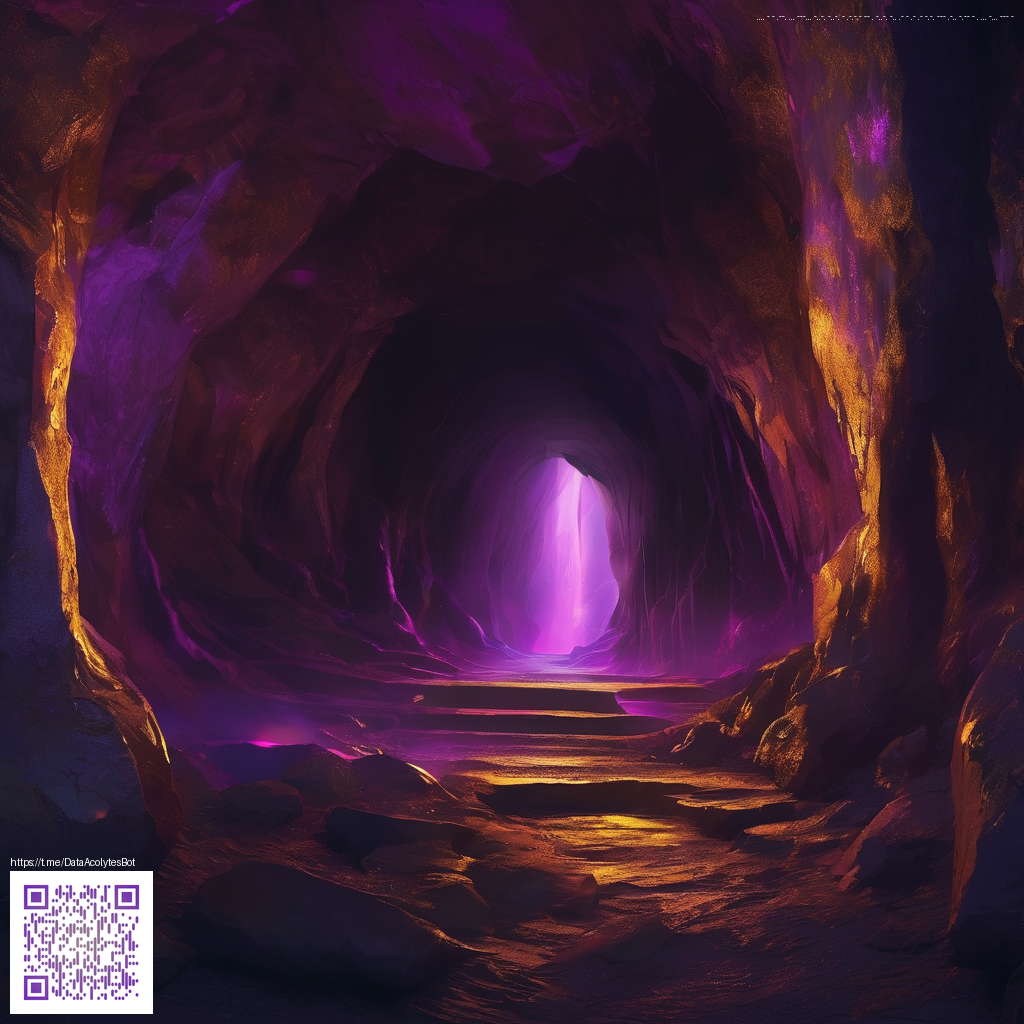
Immersive Exploration in Open-World Forests
Forests in expansive games aren’t just a backdrop for quests; they’re laboratories for curiosity, risk, and discovery. The best open-world environments convey a sense of scale and detail that makes every step feel intentional. You hear the wind shift through the treetops, you notice the faint crunch of leaf litter underfoot, and suddenly you’re less a tourist in a digital wood and more a traveler who could stumble upon a hidden trail, a long-forgotten campsite, or a whispered legend carved into a moss-covered stump.
Designing Forests That Reward Curiosity
At the heart of immersive forests is a careful balance between density and clarity. A well-designed woodland uses layers: an understory that invites close inspection, a mid-canopy that suggests movement paths, and a high canopy that hints at distant horizons. The goal isn’t to overwhelm players with foliage but to reward attentive observation. Designers rely on smart level-of-detail techniques, context-aware audio, and subtle environmental cues—broken branches pointing toward a concealed path, peculiar fungi that mark a safe crossing, or a fallen log that aligns with a hidden viewpoint. When these elements click, traversing the woods becomes a narrative exercise as much as a route to a quest marker.
“The forest is a memory map,” a seasoned level designer once explained. “When players recognize recurring landmarks, they gain confidence to press onward and uncover what lies beyond the next ridge.”
Time of day and weather further anchor immersion. Morning light filtering through needles, dew on pine needles, and the rain-slick gleam on a hidden stream all contribute to a believable ecology. Sound, too—crickets fading as a distant waterfall grows louder, or the rustle of a predator moving through brush—gives texture to exploration. The most convincing forests feel alive not because they hide every secret, but because they respond to the player’s presence with credible, dynamic feedback.
Practical Techniques for Players
- Landmark-first exploration: Train your eye to latch onto distinctive features—an outcrop, a bend in a river, or a unique cluster of trees—to triangulate your position and avoid backtracking.
- Environmental storytelling: Look for subtle signs—tracks in damp soil, scorch marks on a log, or worn trails—that imply recent activity or hidden lore.
- Map vs. memory: Use your map as a guide, but let memorized cues—sound motifs, rock formations, or the scent of pine—steer your pace and choices.
- Terrain literacy: Forests rarely follow straight lines; they bend with rivers, ridges, and valleys. Learn how natural topography shapes potential routes toward secrets or quests.
- Stealth and pacing: Dense foliage can shield you from ambushes or guardians. Slow, deliberate movement can transform a routine trek into a suspenseful encounter.
As you sharpen these instincts, gear that supports precise, comfortable play becomes a quiet multiplier for immersion. A reliable desk setup—like a high-quality mouse pad—keeps your focus sharp during long sessions of route-planning and terrain-reading. If you’re exploring upgrades, consider the Custom Gaming Mouse Pad (9x7, Neoprene, High-Res Color) that blends smoothly into any battle station and helps maintain accurate, fluid control while tracing the forest’s many micro-paths.
For readers seeking a deeper dive into how developers craft expansive, believable ecosystems, a detailed guide is available here. It offers practical insights into balancing density, performance, and narrative pacing across diverse open-world biomes.